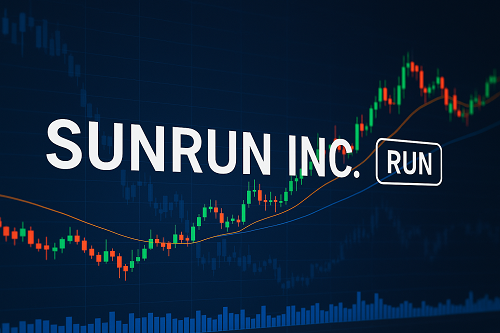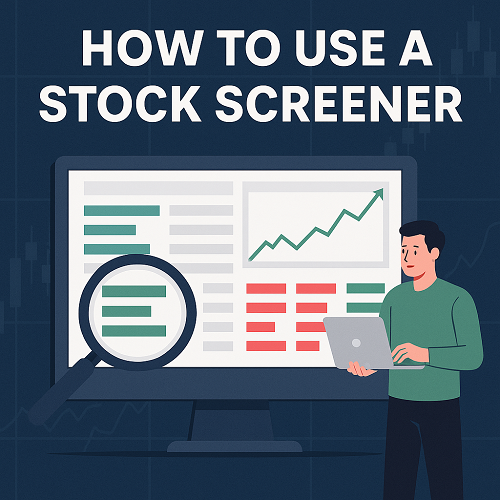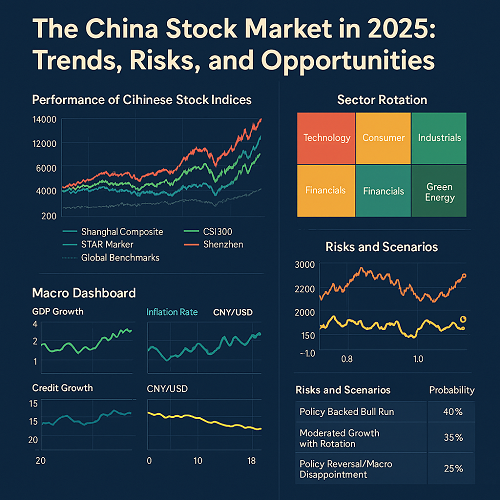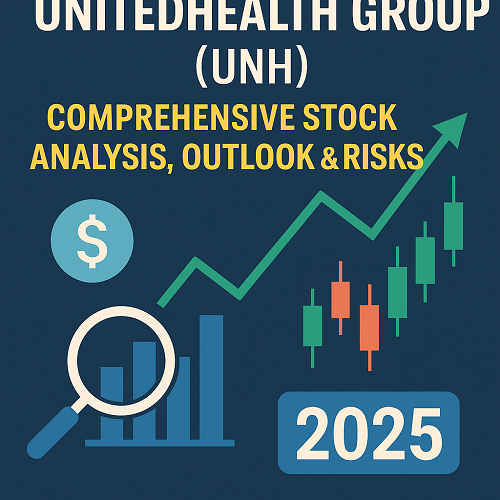Sunrun Inc. (NASDAQ: RUN) is one of the largest providers of residential solar energy systems in the United States. The company designs, installs, finances, and maintains rooftop solar and battery storage systems, helping homeowners reduce dependence on grid-based electricity. As clean energy adoption accelerates, Sunrun’s position within the residential solar segment gives it a strong foothold in a rapidly expanding market.
Business Model and Market Position
Sunrun’s model centers around solar-as-a-service, allowing customers to install solar systems with minimal upfront cost through long-term leasing or power purchase agreements (PPAs). The company retains ownership of the systems, generating recurring revenue from energy production.
Key components of its business include:
- Solar system installations (direct sales and leases)
- Energy storage through its Brightbox battery system
- Grid services, enabling utilities to manage distributed solar generation
Sunrun competes with firms like Tesla Energy, SunPower, and Vivint Solar (which it acquired in 2020). Its extensive customer base and integrated service model provide an edge in customer retention and brand trust.
Financial Performance and Fundamentals
| Metric (FY2024) | Value | Trend vs FY2023 |
|---|---|---|
| Revenue | ~$2.3 billion | +11% YoY |
| Gross Margin | ~17% | -2% |
| Operating Income | -$400 million | Improved |
| Net Income | -$490 million | Loss narrowed |
| Total Assets | $11.5 billion | +6% |
| Debt-to-Equity Ratio | 1.8x | Stable |
Sunrun’s revenue growth continues, supported by higher installations and energy storage adoption. However, profitability remains challenged by high interest costs, maintenance expenses, and volatile input prices for solar panels.
Balance Sheet
Sunrun’s asset-heavy model, with long-term leases and power contracts, requires significant upfront capital. The company’s debt leverage reflects these investments, but cash flow from existing customer agreements offers steady visibility.
Cash Flow
Free cash flow has fluctuated due to installation volume and financing activity. However, Sunrun’s partnerships with banks and asset-backed securitizations provide liquidity for continued expansion.
Valuation Snapshot
| Valuation Metric (Oct 2025) | RUN | Industry Avg. |
|---|---|---|
| Price / Sales (P/S) | ~1.2x | 2.0x |
| Price / Book (P/B) | ~0.8x | 1.5x |
| Forward EV/EBITDA | 12.5x | 15.2x |
RUN’s valuation multiples suggest the stock is undervalued relative to peers, primarily due to concerns about interest rates, profitability, and macroeconomic pressure on renewable investments.
Technical Analysis
As of Q4 2025, RUN stock trades between $9–$12, after recovering from a 2024 low near $8.
Technical indicators:
- 200-day moving average: ~$10.50 (acting as resistance)
- 50-day moving average: ~$9.40 (short-term support)
- RSI (Relative Strength Index): ~48 (neutral zone)
- Volume trend: Declining slightly, suggesting consolidation
Chart Insight:
If RUN breaks above $11.50 with volume confirmation, the next resistance lies around $13. Conversely, a drop below $9 may open downside risk toward $7.50. Momentum remains sideways, favoring accumulation by long-term investors at lower levels.
Industry and Macro Environment
U.S. Solar Market Outlook
The U.S. residential solar industry is expected to grow at a 7–9% CAGR through 2030, supported by:
- The Inflation Reduction Act (IRA) offering 30% investment tax credits (ITCs)
- Declining solar module costs
- Rising electricity prices driving adoption
Competitive Landscape
| Company | Focus | Market Share |
|---|---|---|
| Sunrun (RUN) | Residential Solar & Storage | ~20% |
| Tesla Energy | Integrated Solar & EV Solutions | ~10% |
| SunPower Corp | Premium Solar Systems | ~8% |
Sunrun leads the U.S. residential segment but faces competition from vertically integrated firms offering bundled solar + EV + storage packages.
Bull Case vs Bear Case
Bull Case
- Declining solar installation costs improve margins
- Expansion of Brightbox storage increases revenue per customer
- Federal and state-level incentives enhance adoption
- Potential partnership or acquisition interest from energy majors
Bear Case
- Higher interest rates reduce financing attractiveness
- Slower installation growth due to permitting or labor shortages
- Intense competition compresses margins
- Delays in incentive disbursement
Analyst Forecasts and Price Targets
| Analyst Consensus (as of Oct 2025) | |
|---|---|
| Rating: | Moderate Buy |
| 12-Month Target Price: | $15.20 |
| High Estimate: | $22 |
| Low Estimate: | $8 |
| Implied Upside: | ~45% |
Analysts forecast steady revenue growth through FY2026, with EBITDA profitability by mid-2026. However, market sentiment remains cautious given macroeconomic headwinds.
Risk Factors
- Interest Rate Sensitivity: Rising rates can hinder solar lease financing.
- Regulatory Dependence: Tax credits and state incentives are essential to margins.
- Supply Chain Disruptions: Dependence on Asian module suppliers exposes cost risk.
- Climate and Weather Risks: Extreme weather events can delay installations.
Strategic Outlook (2025–2027)
Sunrun’s strategic direction focuses on:
- Scaling energy storage solutions and grid participation programs
- Leveraging AI-driven monitoring for system optimization
- Expanding into underserved regions with favorable solar economics
- Strategic partnerships with utilities for demand-response services
Long-term, Sunrun aims to transition from a pure solar installer into a distributed energy network operator, monetizing customer energy assets at scale.
Conclusion
Sunrun (RUN) remains a strategically positioned renewable energy leader with growing recurring revenue potential. While financial risks persist, its strong brand, service model, and market leadership offer long-term upside for investors aligned with the clean energy transition.
Bottom Line:
RUN stock appears undervalued in late 2025, offering long-term growth potential for investors willing to navigate short-term volatility.
FAQs
1. Is RUN stock a good buy in 2025?
Analysts maintain a Moderate Buy rating, supported by long-term renewable energy trends, though near-term volatility is expected.
2. What is Sunrun’s biggest challenge?
High financing costs and competition within the residential solar space.
3. Does Sunrun pay dividends?
No — Sunrun reinvests cash flow into expansion and technology.
4. What catalysts could move the stock?
Positive earnings, lower interest rates, or new government incentives could spark upside momentum.





 XAUT-USD
XAUT-USD  AMD
AMD  MARA
MARA  SHOP
SHOP  BULL
BULL  CL=F
CL=F